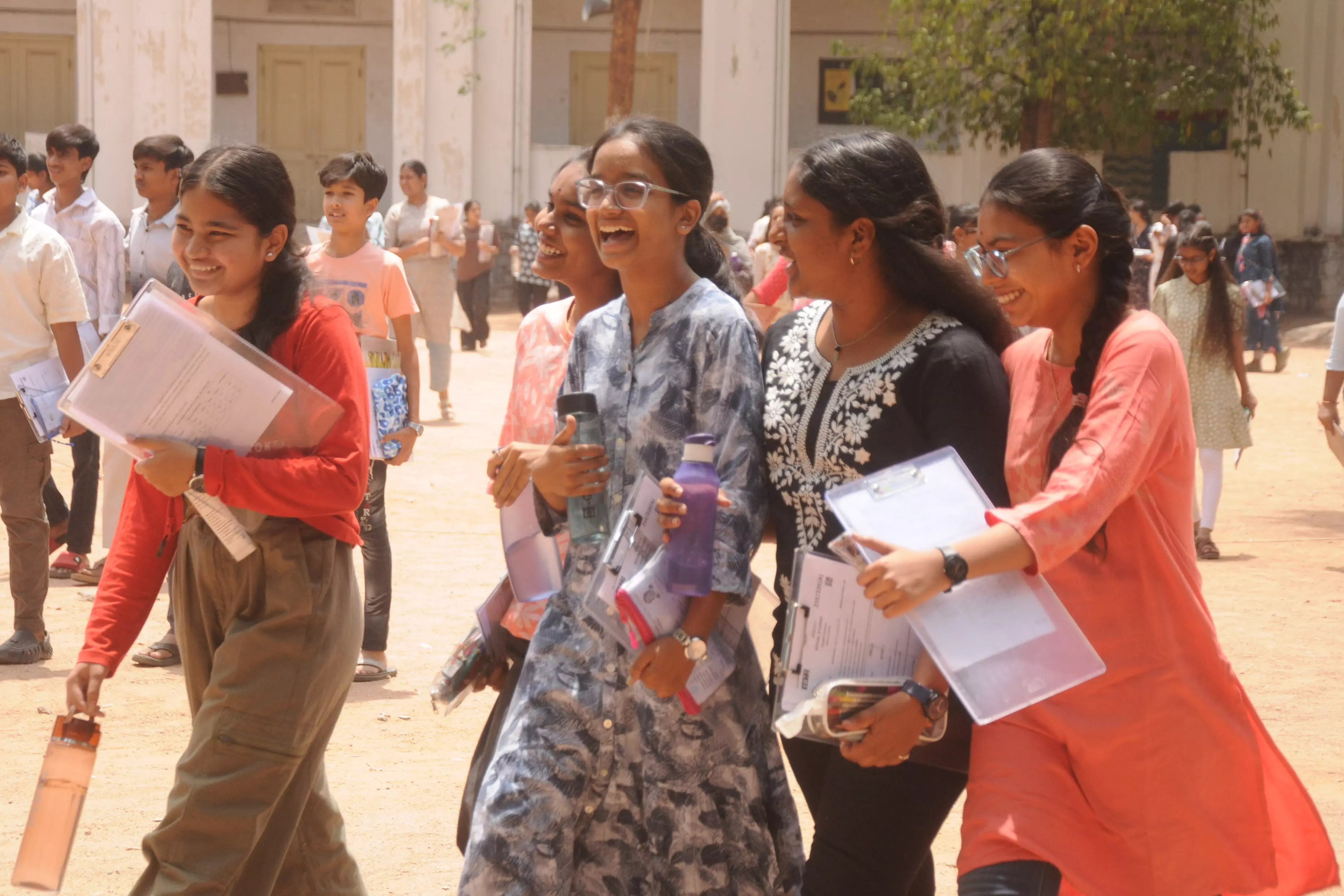Dreaming of a slower, more wholesome life, I recently resigned from my London office job to focus fully on doing this, travel writing. And in doing so, I began ruminating on the very first time I resigned from a role, leaving an extremely fun position with just £7,000 in my account. As much as I adored that job, I was insatiably lusting after adventure.
I wanted to get lost in the world, taste curious fruits I never knew existed, walk in varied landscapes I’d only ever read about, and swap stories with people whose life experiences were radically different from mine. This was a time before Instagram and TikTok, when the world felt bigger than it does now. Far away lands weren’t nearly as accessible, and connecting with people or witnessing differing cultures was nigh on impossible.

So, I took my first leap into uncertainty with no job, a very low budget, and my mobile phone left behind in the UK, just like the newest contestants on Race Across The World . For the latest season, each of the show’s teams has reportedly been given the show’s lowest budget to date. It’s something I can firmly empathise with given the means I had available on my first global backpacking trip.
And while the show allows people to work in teams, I decided to focus on travelling solo during for my year-long adventure through 15 countries. As you’ll see in the show, travelling on a low budget is incredibly tiring, with epic highs and soaring lows. While I much prefer arty hotels these days, I was prepared to rough it out at that point in my life, and I credit those 365 days for opening my mind to other ways of living.
Without sounding clichéd, that trip made me more empathetic and unwaveringly grateful for the most basic of life essentials, such as clean drinking water and a safe place to shelter. But how does a multi-country trip become a reality when £7,000 equates to just over £19 per day? With a little care and perseverance, this is how I completed my all-encompassing trip that took in 15 beautiful countries across three continents. Now, my dormitory days are well and truly behind me, but over the years, there have been many experiences —from sleeping mere meters from earth-shattering snorers in airless Rio de Janeiro hostels to 26-bed dorms in the heart of Malaysia and grubby makeshift Mumbai bedrooms with communal bucket-shower bathrooms.
And while creative boutique hotels and the tranquility of arty Airbnbs are my current go-tos, when travelling on £20 a day, dormitories provide not only the ability to share stories and tips with fellow adventurers but are economically essential. In most well-curated hostels, a simple breakfast is included too, meaning that in places like Peru or Bolivia, where a dorm bed for the night costs just £5, the first meal of the day is also covered. If the thought of entertaining a dormitory is simply too much, or solace is being carved, an Airbnb or homestay can be an affordable backup, especially when staying in one place for an extended period.
Now, I like to travel at a much slower pace than I used to, often basing myself in one city or village for a few weeks, sometimes months at a time. Airbnb can be superb for this type of wandering. Aside from a few countries that were non-negotiable must-visits — Bolivia, India, and Cambodia — I rarely have a rigid plan before heading off into the unknown, and this is handy when trying to keep spending to a minimum.
Without taking advantage of social and economic issues, many countries well-known for offering a more low-key way of life are also less expensive, and it’s these countries I would recommend exploring when a budget is to be adhered to. The vast, hypnotic states of India offer a myriad of hand-carved temples, paper-thin dosas, and colourful festivals to witness, while Georgia’s brutalist architecture, comforting cuisine, and swimmable lakes equally inspire without breaking a budget. Both countries, along with many others like Guatemala, Colombia, and Peru allow for affordable travel, especially when adventuring in a conscious, slow-paced way.
Local bazaars and markets overflowing with the freshest leafiest vegetables and fruits with names I can’t pronounce excite me. I go crazy over Peru’s sour camu camu berries, Bolivia’s huge avocados and Colombia’s cacao nibs, cashew apples and rare trumpet mushrooms — and it’s this excitement, and plethora of incredible new ingredients that also helps cut down on travel costs, because rather than eating out for the duration of a trip, I also like to cook while I’m away. Meanwhile, South East Asia’s abundance of food stalls and night markets provides endless dining options for anyone on a budget — I’ve yet to find Pad Thai that compares to Bangkok’s £2 version found at street-side stalls across the city.
Simply enjoy with a bottle of ice-cold Chang while hunched over a plastic table, a la Anthony Bourdain . Undoubtedly dreadful for the planet, air travel rapidly drains bank accounts too. Trains, buses, and boats are all seriously sound options when travelling for longer periods and on a budget.
Buses are my preferred way of exploring since travelling overland allows for a much deeper connection to the soul of a country due to prolonged periods of observing daily life as it happens. I’ve witnessed moving street scenes and such exquisite natural beauty during bus and train journeys — each one an experience I simply would have missed if I’d hopped on a flight to my next destination. Taxis are a sure-fire way to diminish a small budget instantly, which is why walking everywhere is imperative.
And while hot-footing it to my next lodgings in the blistering sun, carrying a 16kg backpack has many a time had me questioning my sanity, it also kept me fit and strong when on the road and kept my finances in check. Then, once arriving in a new destination, intriguing contemporary art galleries, buzzing street markets, and vibrant neighbourhoods cry out to be visited the local way; be it by metro, city bus, or bicycle — each one environmentally friendly and definitely economical. I’m not one to advocate sleeping in a car (although I have 100 per cent done this on New Zealand’s North Island), but taking sleeper trains or buses when journeys are excessively long is highly recommended.
Not only will this help save a night’s accommodation, but waking up at a new destination is incredibly thrilling. Sleeper trains across India and Vietnam are once-in-a-lifetime experiences (forget Orient Express-type experiences, though), and trundling around Laos and Bolivia’s hairpin bends provide unbelievable tales for years to come. Earplugs, face masks, and snacks are optional but highly recommended.
The most obvious way to get familiar with a new town is to join a free walking tour, and many places offer informative one-to-two hour strolls that take in historical landmarks, points of interest, and sights so easily missed without local expertise. While many of these walks are free to join, always consider tipping. These insightful tours almost always feature local guides keen to promote their hometown’s identity beyond the obvious.
I particularly enjoyed Santiago’s offering, which took a deep dive into the lively city’s street food scene, as well as Sofia’s fascinating Communist tour. Fellow long-term travellers are an overflowing fountain of travel expertise. And not just that but travelling is all about connecting with people on the same wavelength, and it can result in being welcomed into their homes — something that happened to me countless times during my year traversing the globe.
While travelling through South America, I made a handful of fantastic friends who offered up their own homes to me without question when I found myself in their hometown many months later. It’s these tight connections and shared experiences that make for a seriously wholesome trip, and one that thankfully is also financially viable when travelling on a minimal budget..
Top

I travelled the world for a year on £19 a day, this is how I did it without working

365 days, £7k, 15 countries, and a lifetime of memories. Travel writer Lydia Swinscoe reveals how she backpacked around the globe on a seriously low budget — and how you can do it too











